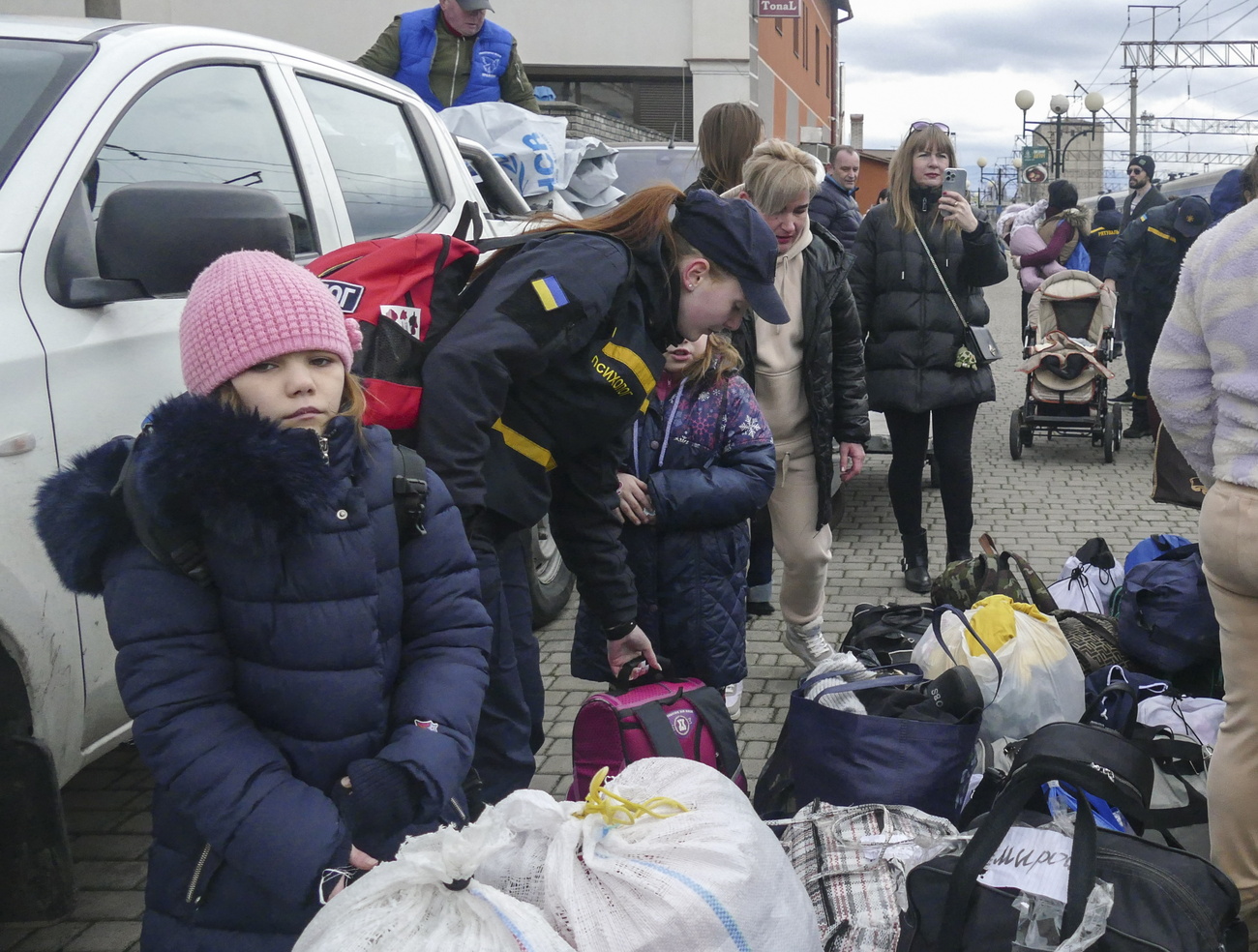
Eight things you should know about the Gotthard
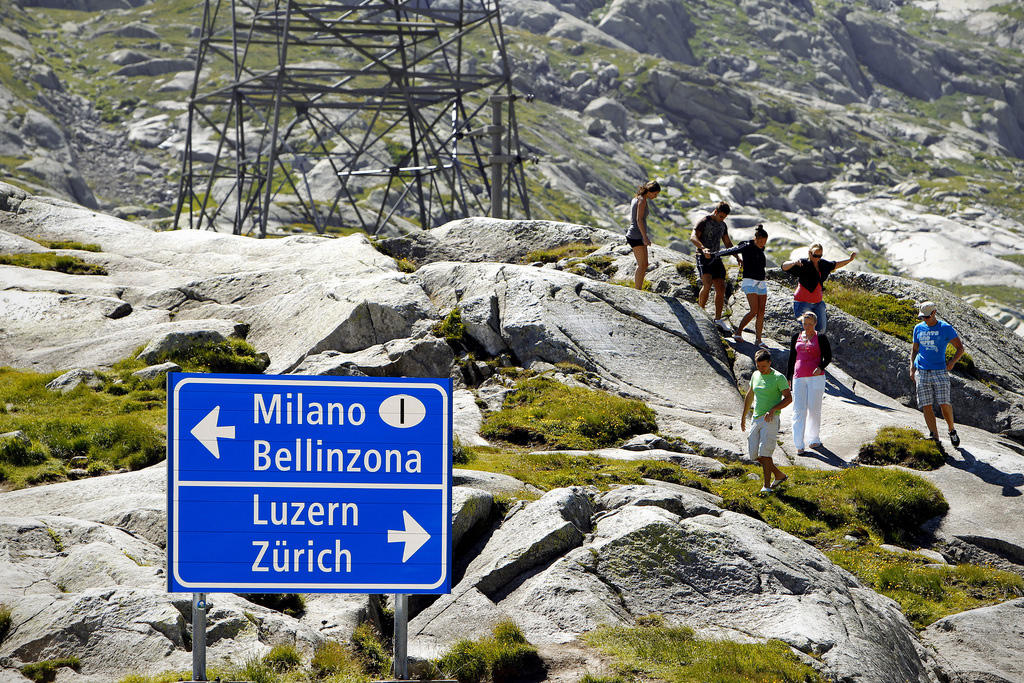
After 17 years of construction, the 57km (35.5 mile) Gotthard Base Tunnel has its official opening on Wednesday. But the world’s longest rail tunnel is much more than just a hole in a mountain. swissinfo.ch takes a multimedia look at eight aspects of this Swiss national symbol.
1. The Gotthard Pass is legendary.
As the scene of a swearing of allegiance between the first cantons in 1291 and of resistance against wartime occupation, the Gotthard region has a unique aura. Even the Matterhorn doesn’t have the symbolic value of this massif: the cradle of the confederation, the centre of the Alps, the source of Europe’s great rivers, the crossroads of Swiss culture and a symbol of independence, cohesion and national identity.
2. The Gotthard Pass is a military fortress.
In July 1940, while Europe was being invaded by Nazi Germany, neutral Switzerland implemented its defensive strategy based on the mountains and especially the Gotthard. Passages, tunnels, redoubts and bunkers were dug out of the mountain – many of which remain today.
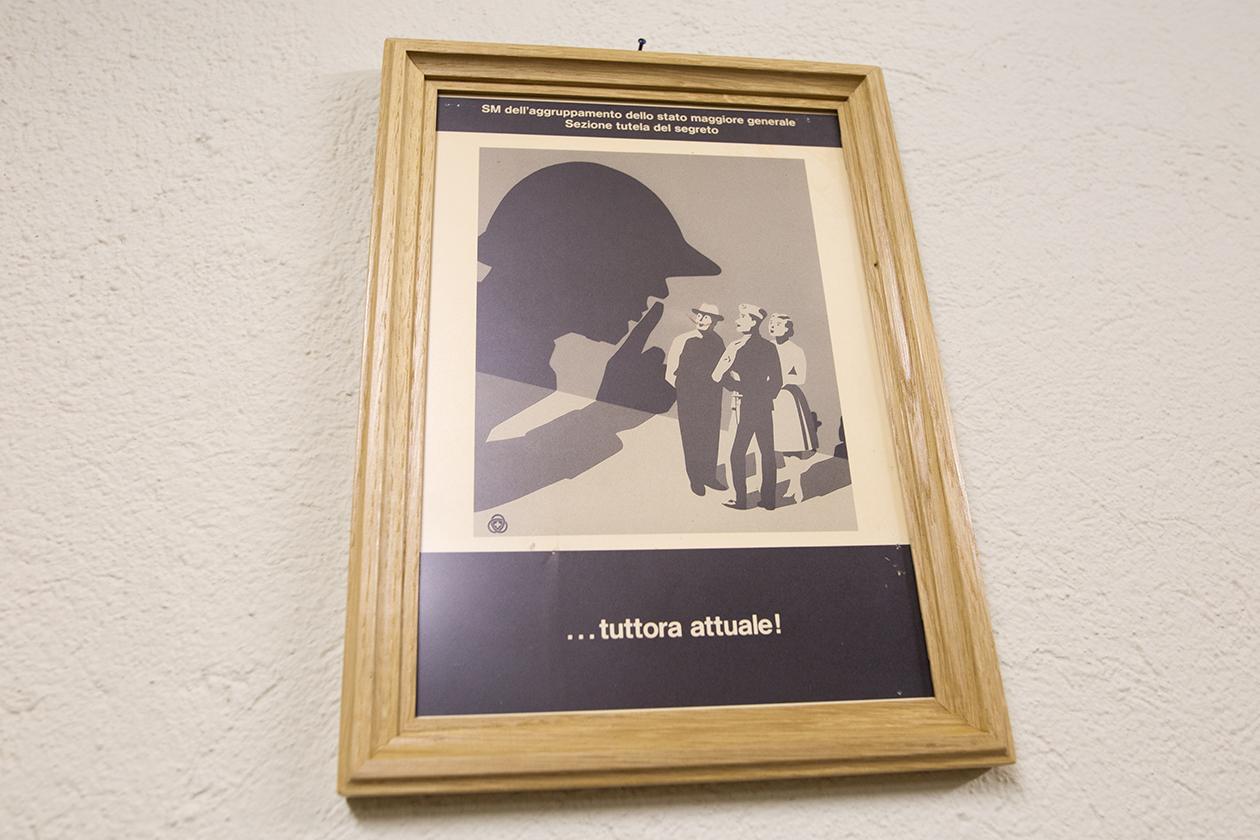
More
Inside fort Foppa Grande
3. The Gotthard Base Tunnel is the longest rail tunnel in the world.
The Gotthard is no stranger to records. The first rail tunnel, opened in 1882 and measuring 15km, was the longest in the world until the Simplon opened in 1906. The Gotthard’s 16.9km road tunnel, opened in 1980, was also a record holder until the 24.5km Lærdal in Norway opened in 2000.
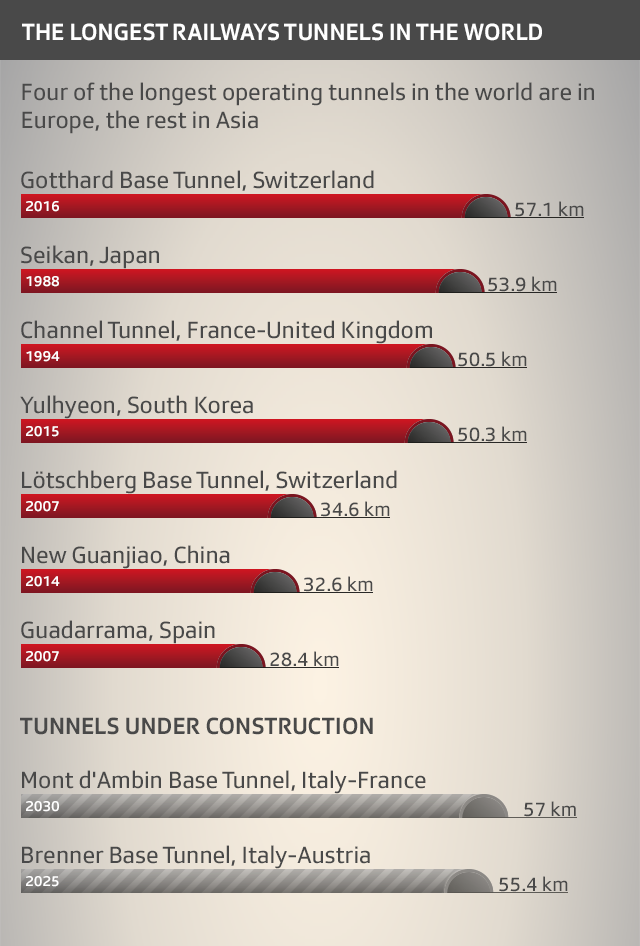
4. The Gotthard Base Tunnel is very safe.
The two one-way tunnels prevent collisions and various mechanisms automatically activate in the event of fire, dangerous gas leaks, vehicles overheating or shedding their loads. Defective trains are stopped before they enter the tunnel. In addition, there are lateral tunnels every 325 metres which link the two main tunnels to allow people to reach protected zones quickly in case of an emergency. If an alarm is pulled on a train, it travels automatically to one of the rescue stations (at Sedrun or Faido).
5. The Gotthard Base Tunnel links the north and south of Europe.
The opening of the Base Tunnel and the completion of the whole line means that Zurich and Milan will become closer for travellers. The trip between Switzerland’s economic capital and the capital of Lombardy will take less than three hours (compared with four at the moment).
6. The Gotthard Base Tunnel is the tunnel of miners and engineers.
Construction site of the century, a masterpiece of railway architecture, a Swiss jewel in Europe: many superlatives can be applied to the new Gotthard Base Tunnel. But it is above all the result of the work of hundreds of miners, workers and engineers – mostly foreign – who have toiled day and night for 17 years in extreme conditions, with temperatures close to 40 degrees Celsius (104 Fahrenheit). Nine of them have died.
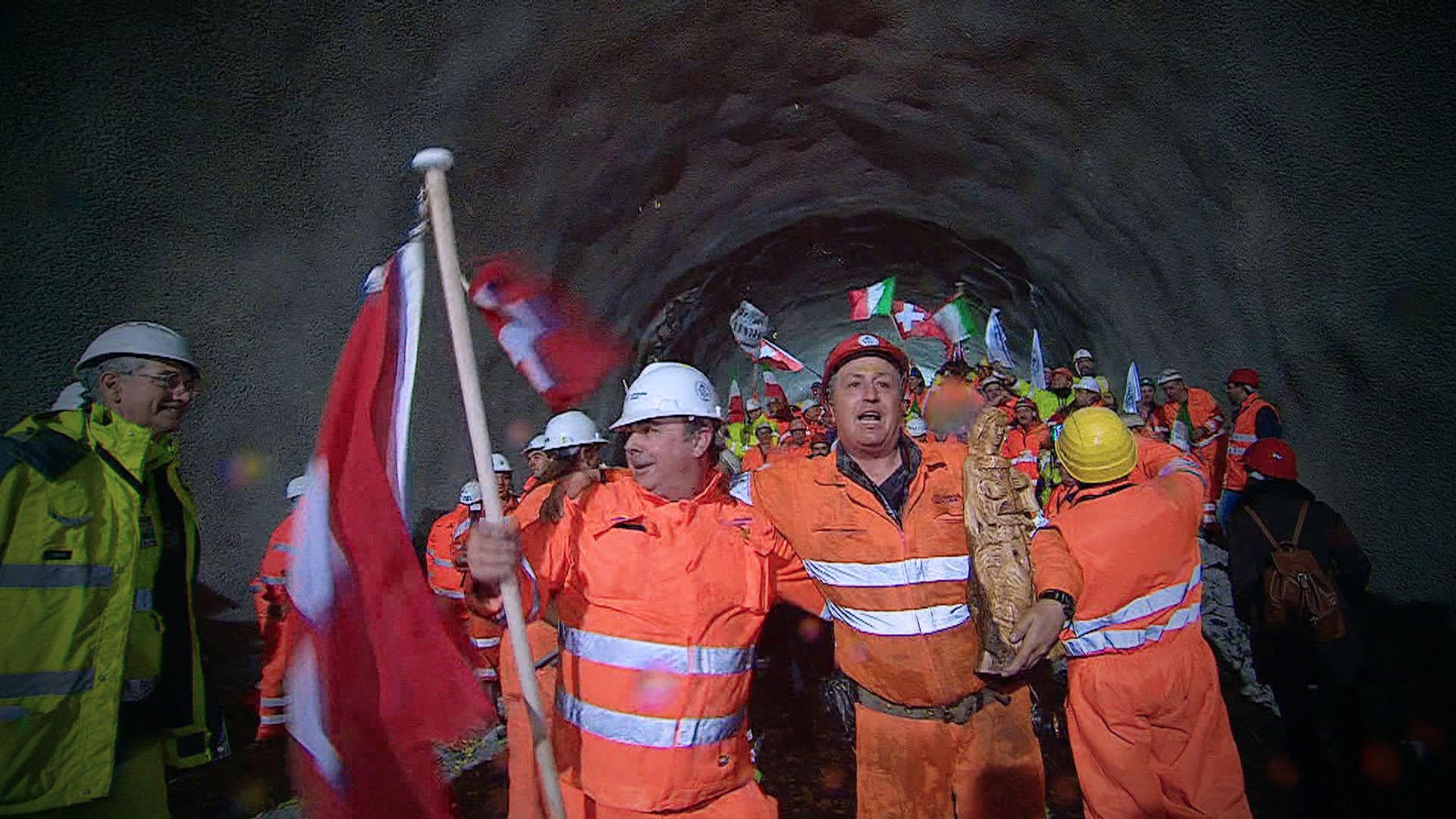
More
Transalpine tunnel breakthrough
7. The Gotthard has an uncertain future.
Of course we’re not talking about the new tunnel but the old mountain line which connects Göschenen in canton Uri and Airolo in canton Ticino. At the end of 2017 the licence for long-distance transportation expires and a decision will be made about whether to renew this licence or to hand over the mountain route to regional transport authorities.
8. The Gotthard can be (re)discovered on foot.
Twenty minutes to cross the Alps. That’s how long it takes to travel from Erstfeld, at the north gate of the new Base Tunnel, to Bodio in Ticino. What better way to rediscover this massif and the whole Gotthard region than on foot? And that is exactly what two swissinfo.ch journalists did, telling their story in this multimedia longform reportExternal link.
What does the Gotthard Pass mean to you? Send us your comments and share your reflections and experiences.
(Translated from Italian by Thomas Stephens)

In compliance with the JTI standards
More: SWI swissinfo.ch certified by the Journalism Trust Initiative
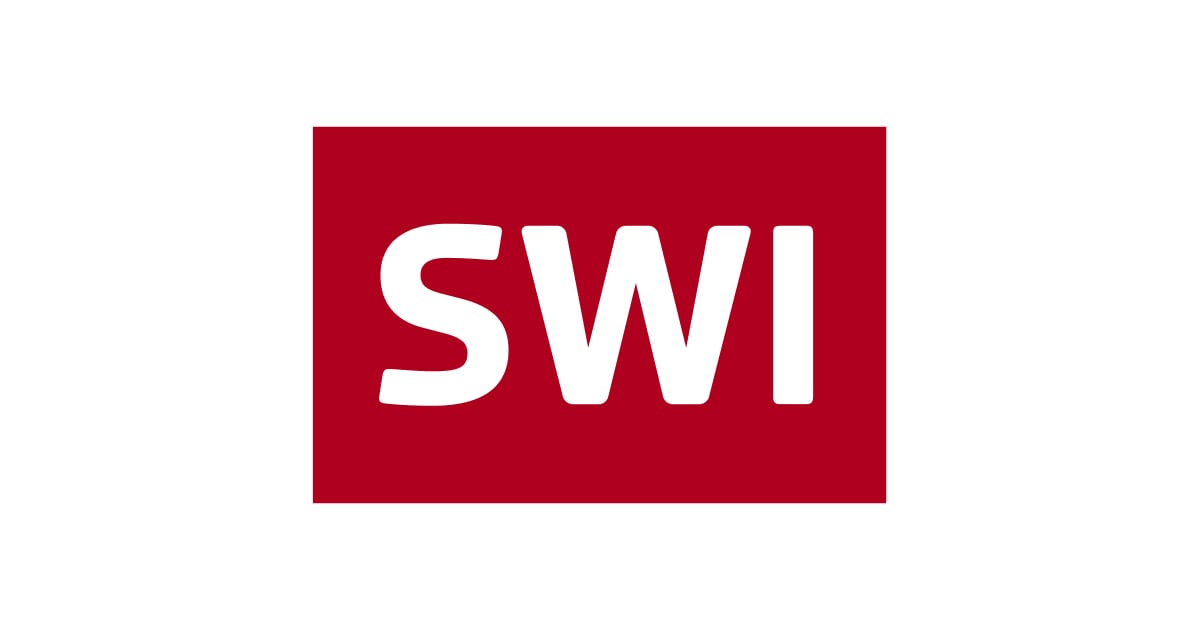
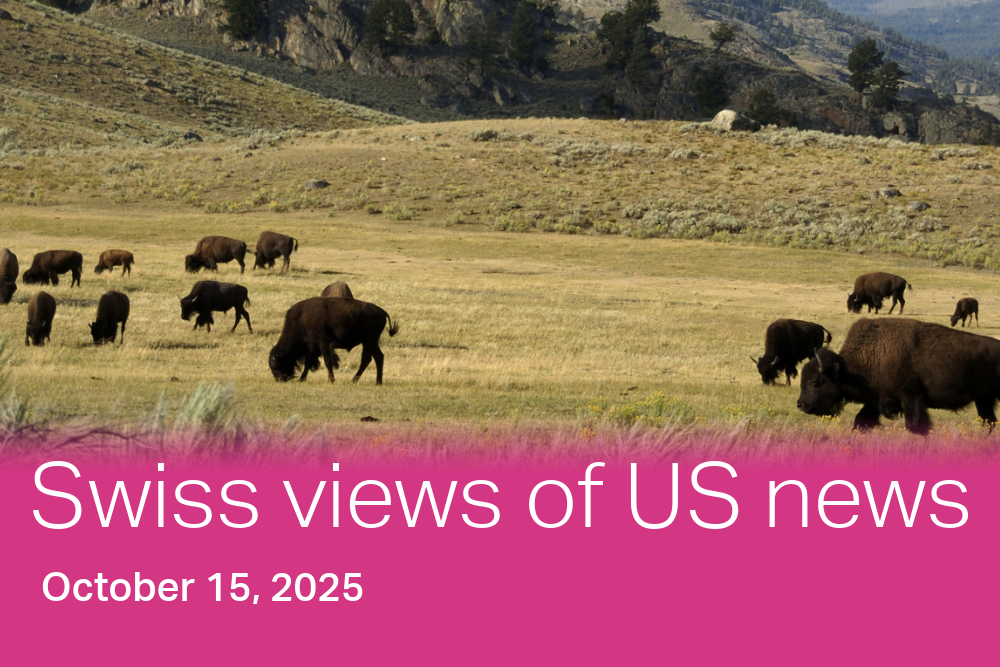


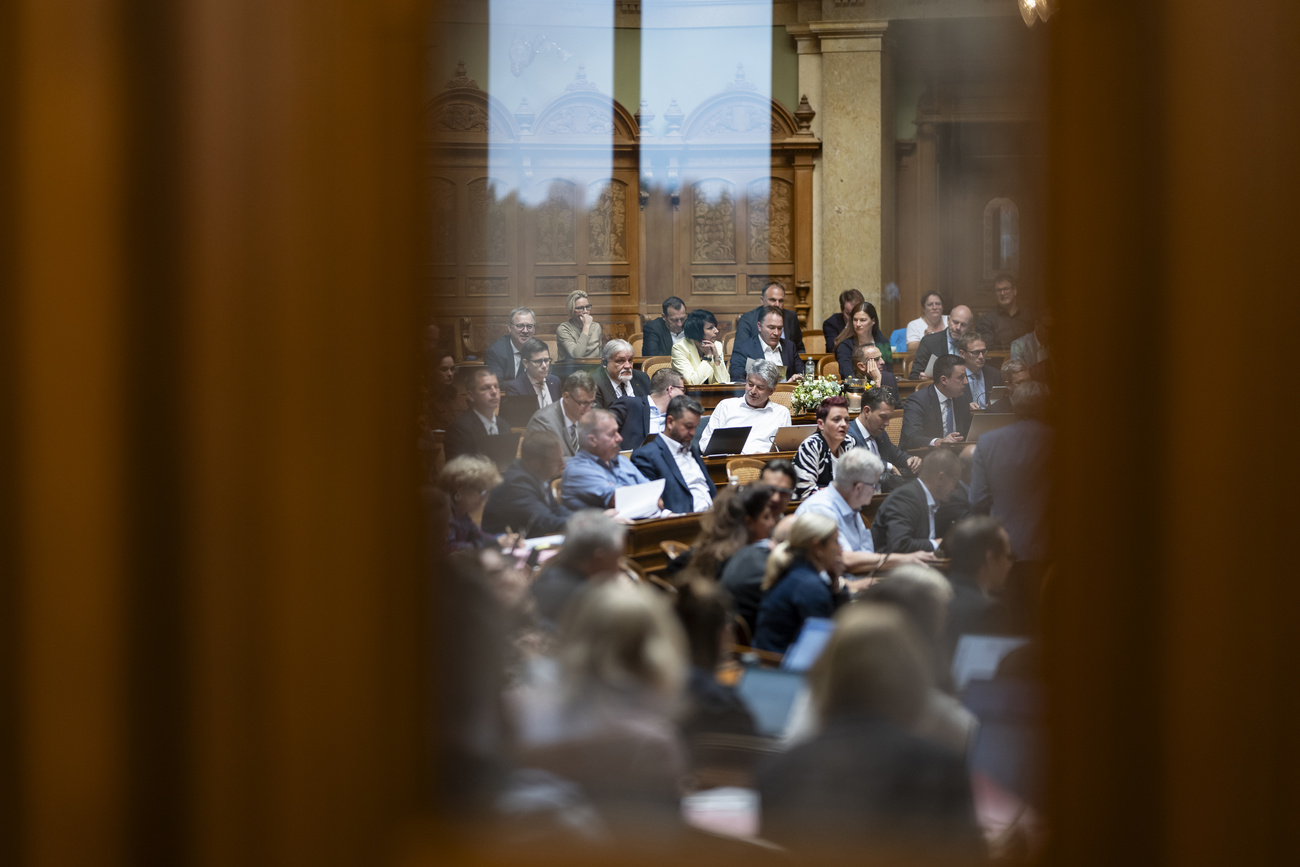
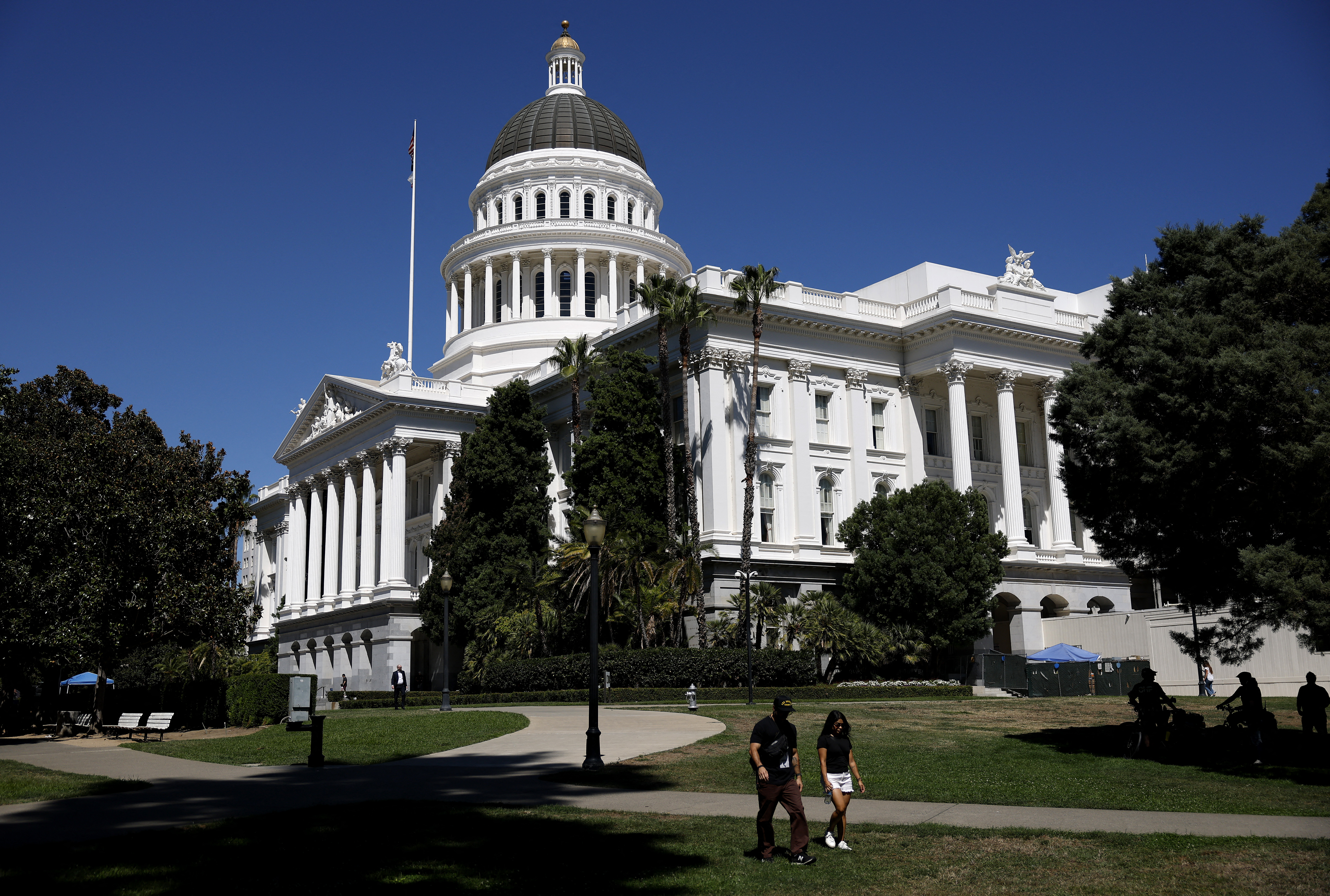
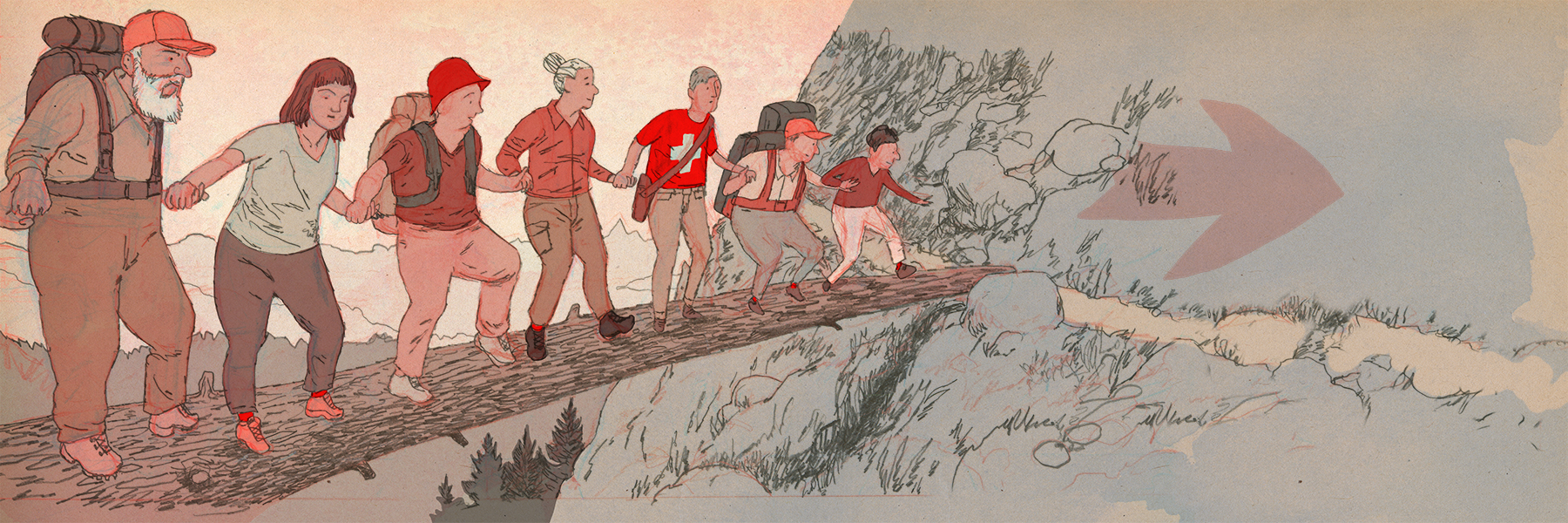







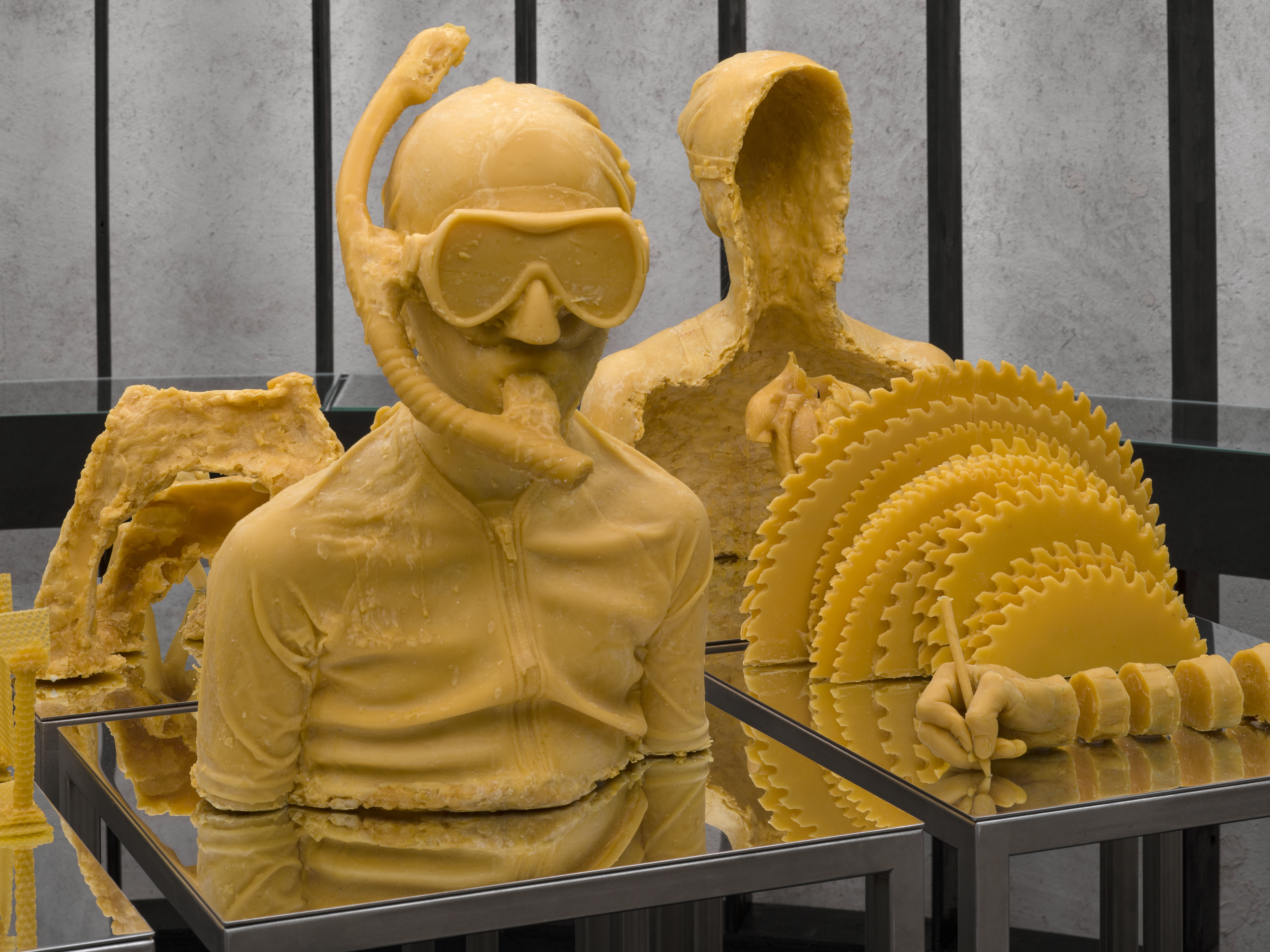
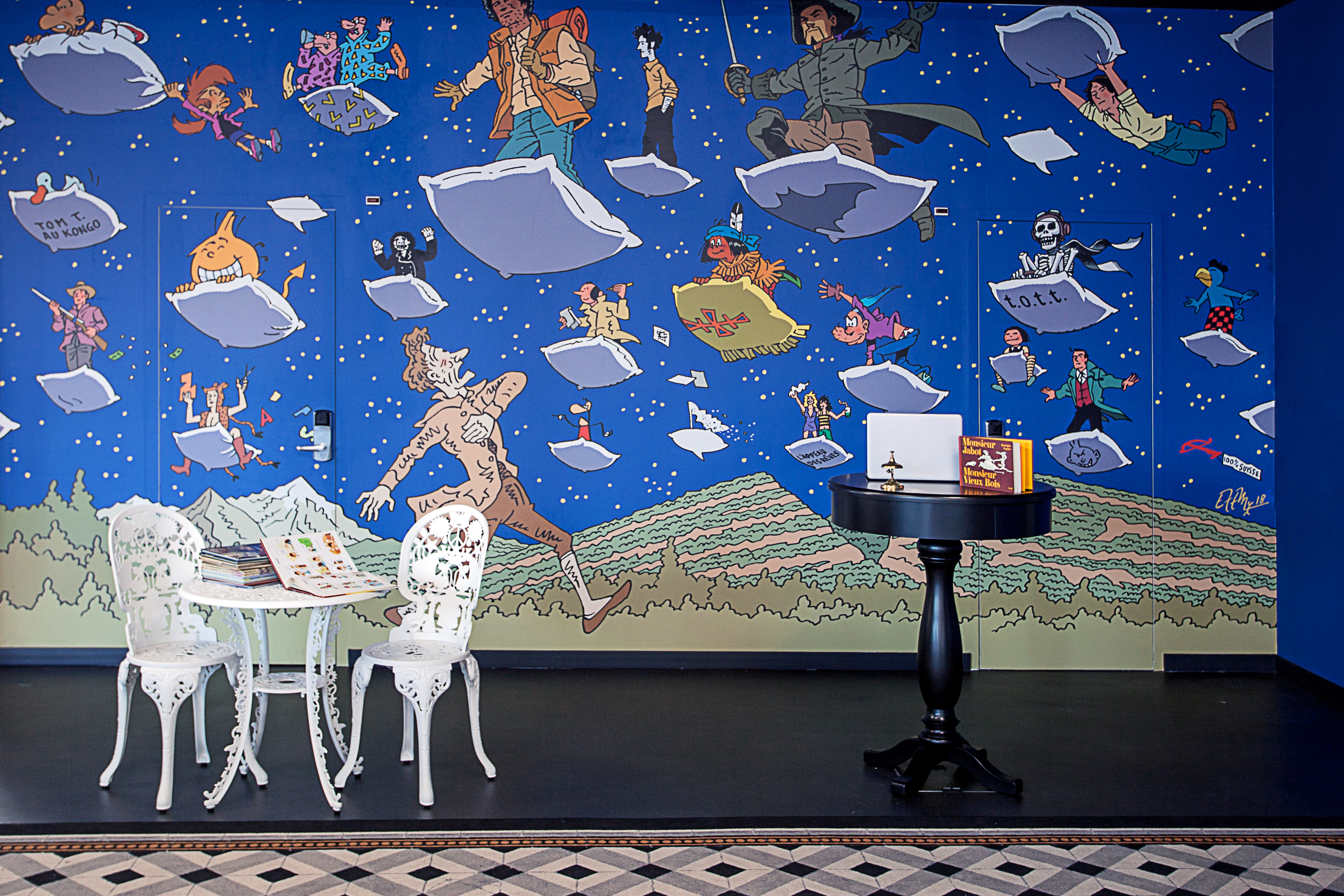



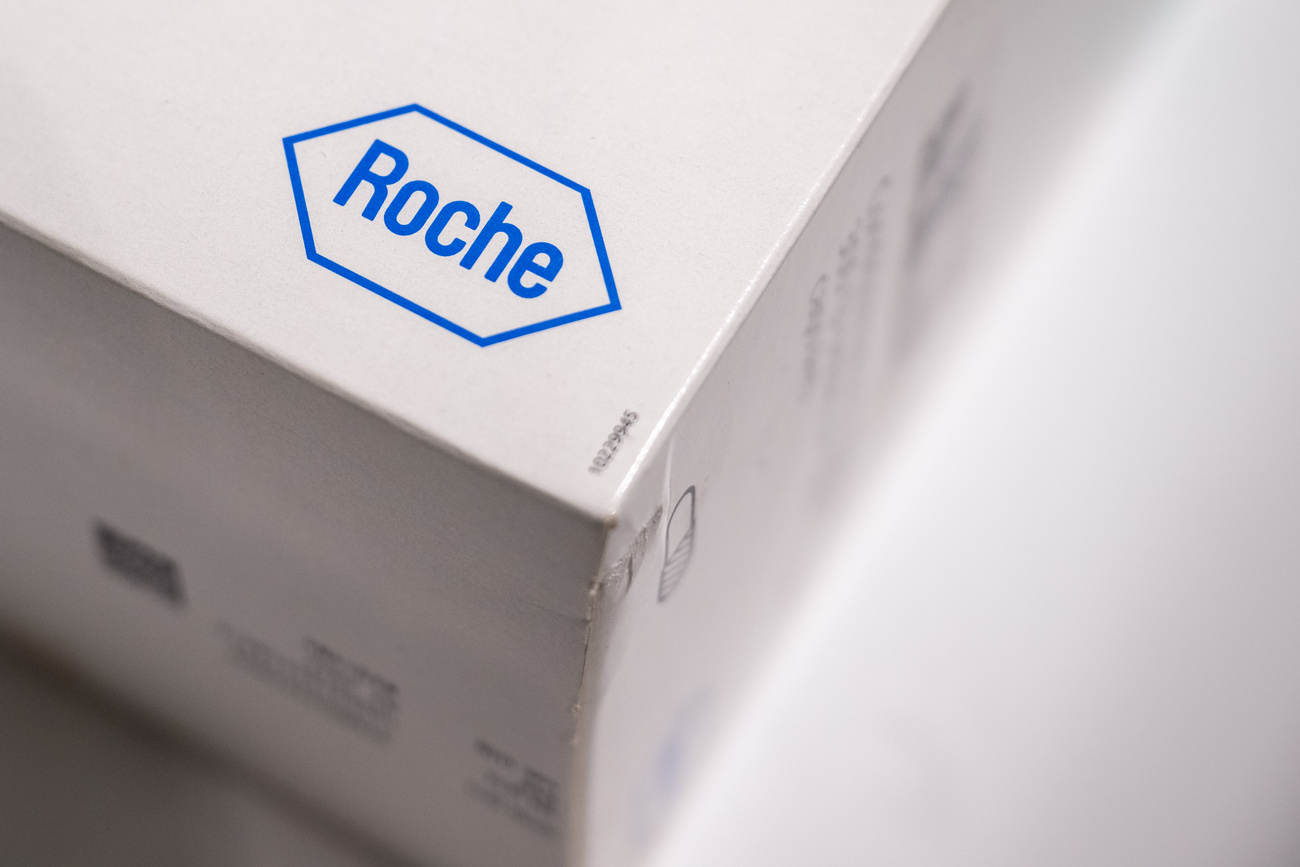








You can find an overview of ongoing debates with our journalists here . Please join us!
If you want to start a conversation about a topic raised in this article or want to report factual errors, email us at english@swissinfo.ch.